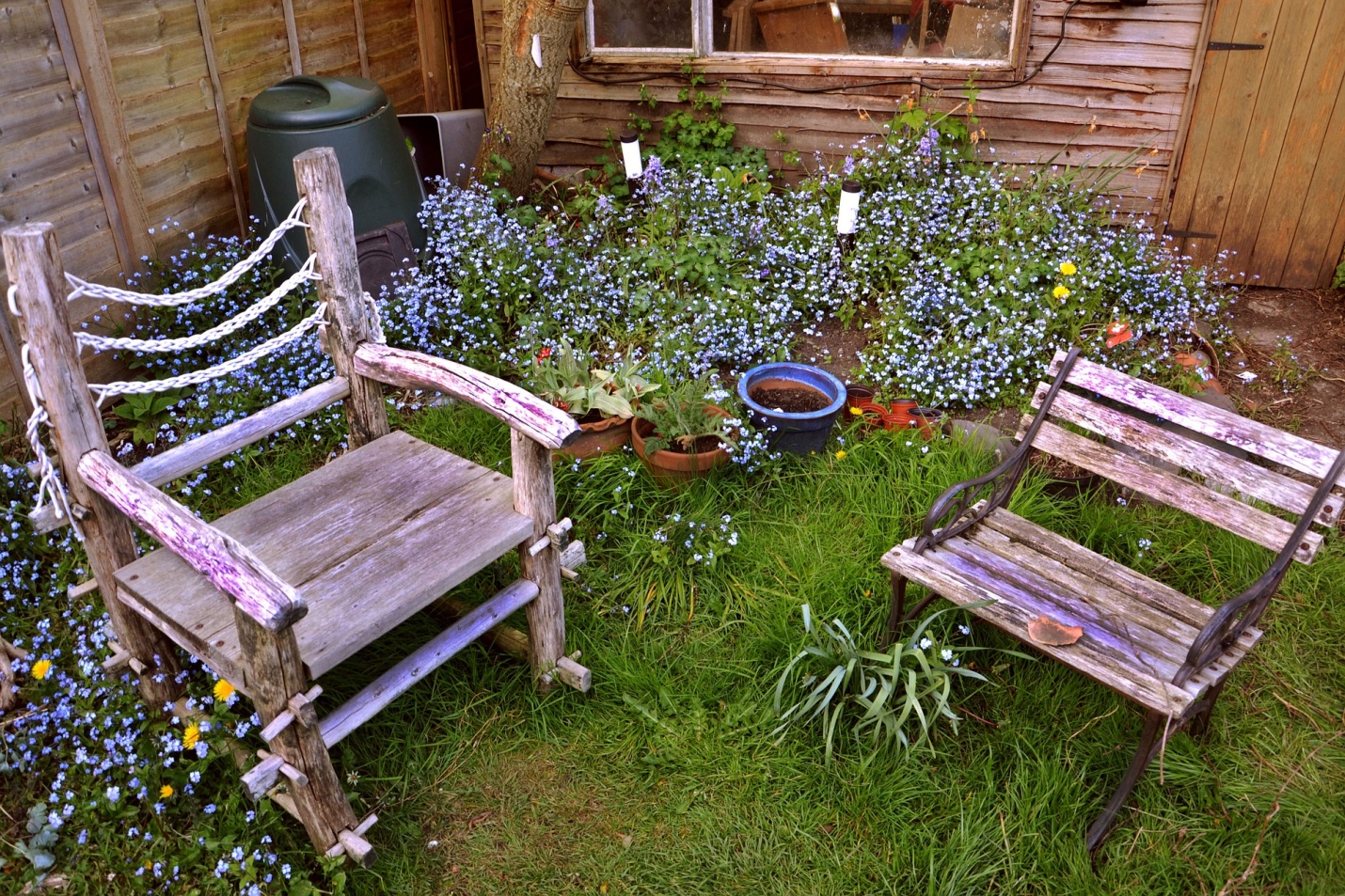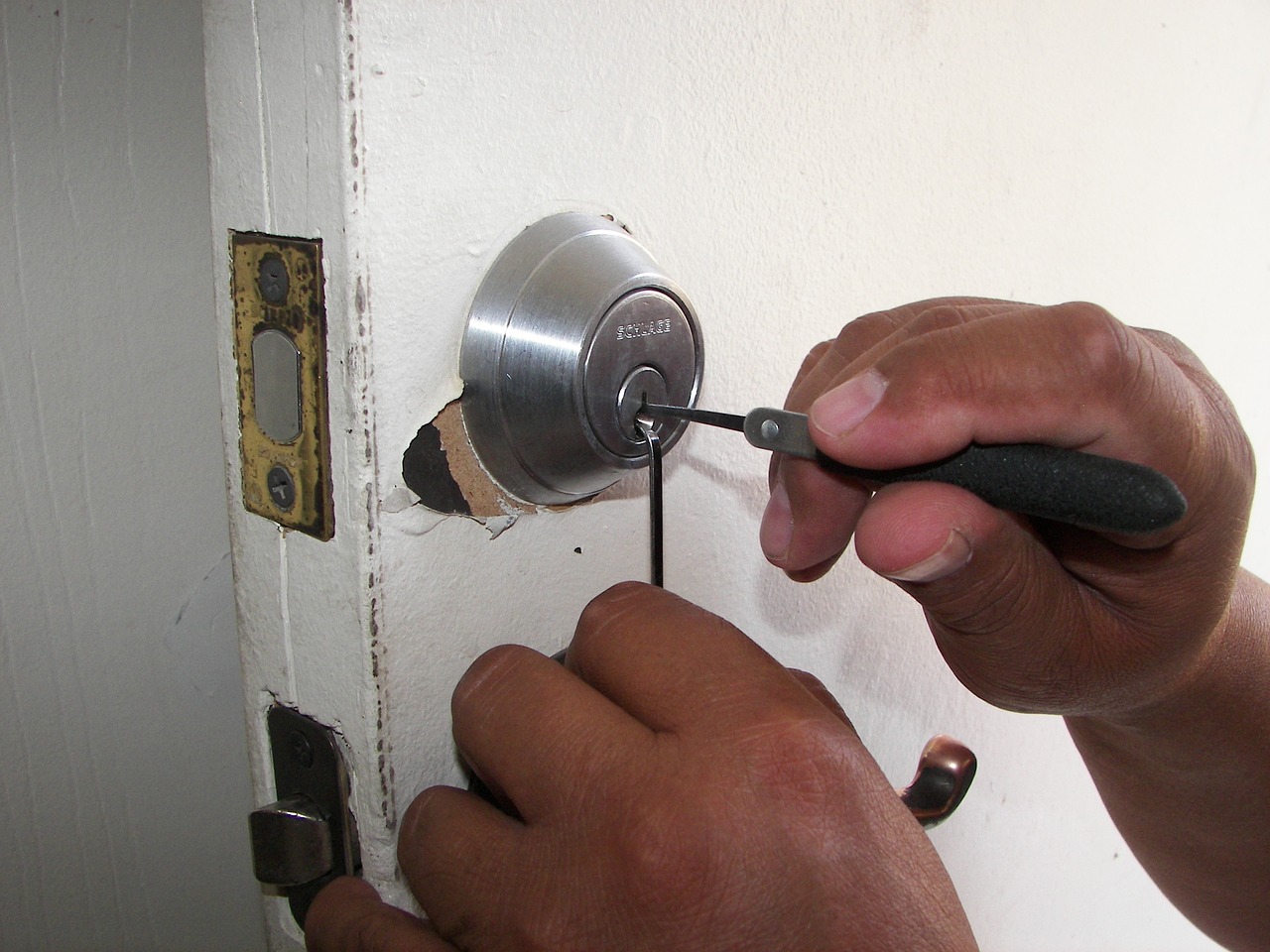Bored of seeing the old patio and cringe every time your friends come home for a barbecue backyard? Not anymore! Give your boring living space a beautiful makeover.
Whether you have small outdoor or a big yard, you don’t need to juggle a lot to make a big statement to your outdoors. Just some tips and bang on!
From the most beautiful designs to the personalized touch, get the most out of your outdoors with these ten practical tips:
Seating:
A perfect seating as per the ambiance is the one everybody wants to relax on. While the right seating can enhance the look, inappropriate arrangements can ruin the whole look. For big spaces, add farmhouse table or a custom-built bench, or perhaps an artistic sofa. However, for small spaces, try bold colors or make use of wicker chairs.
Lighting:

One of the essential elements in outdoors is the lighting. Perfect lighting can uplift the mood as well as can change the ambiance of the place to dress up your place, use chandeliers or small lamps. String lights can also work for small patios to make a significant impact.
Read More: Create A Stunning Outdoor Space With These Residential Landscape Lighting Tips
Bar/ Kitchen:
A bar at the outdoors is a must! Turn your patio into an outdoor kitchen space or a customized bar with all the liquor to make your weekend party a bang!
Rug area:
Dress-up your outdoors with the beautiful rugs of different patterns and shapes. Try primary colors, or a plane stencil pattern would work in that green lushes.
Storage seats:
Storage is another essential thing for outdoors. Use a multifunctional box or perhaps a functional couch to place drinks, cushions or eatables in it. Adorn the storage box by painting on it or make them look like extra seating for your guest or friends.
DIY planters:
Plants at outdoor are no exception, but plants in quirky things can be. Don’t settle for pots or hanging pots, instead make use of every other waste thing lying around to bring greenery to your outdoors. Grab a tin or maybe an old bottle or perhaps tire, spray paint on it and done!
Flower boxes:
Flower boxes are also a beautiful way to enhance the look of outdoors. Use shutters or wall hangings of a different color to get the most out of your living space. Give it a curb appeal by planting colorful flowers in it.
Fire Pits:
If your outdoors has a fireplace, you know it’s the place to cuddle on beautiful nights. The source of fire at outdoor draw people, so if you have one makes the seating around it and get set party!
But if you don’t have any fireplace, DIY one by making small pits.
Fire pit cover:
Put your fire pit to double duty by popping a lid on it making it a unique tabletop. For daylight gathering or day parties, coving a fire pit will add more space to the outdoor to place things.
Add a sporty look:
Fashion and sport can go hand-in-hand. And with greenery, it looks the best. Use some of your favorite outdoor games to decorate the space. Make use of walls, install shelves on the railings or look for the places where you can hang on things.
So those were some of the most favorite home builder tips that you can use to remodel your outdoors. Want to go a step ahead? Build a swimming pool in the space and enjoy outdoor bathing or how about a pool party! Insert these ideas and make outdoor living beautiful.
Read More:

























